11 min read
Water underfloor heating vs electric underfloor heating
In this heating blog article, we will be walking you through both water underfloor heating and electric underfloor heating to help you decide what...
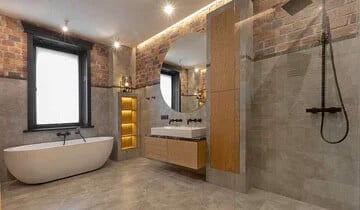
With so many brands of underfloor heating out there and different methods of heating like wet vs electric underfloor heating, it can be difficult to find out what the best underfloor heating system is for your bathroom and wet room projects.
So, to help you to make an informed decision we’ve created this simple guide.
Wet underfloor heating
You’ll find that wet underfloor heating systems are installed more commonly in new builds because they are installed within the construction of the floor as it is being built. The pipework is installed in a much thicker (between 65mm & 75mm) layer of screed and the additional load the wet underfloor heating system creates needs to be factored into the design and specification of the boiler. The benefits of a wet underfloor heating system is that it can be linked into the central heating system. However, one consideration is that there may not be sufficient height build up in a renovation project to install a wet system.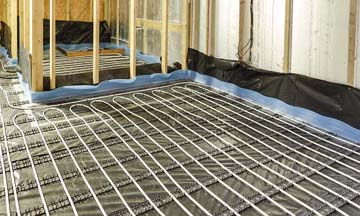
Electric underfloor heating
When it comes to electric underfloor heating, these systems are ideal for renovation projects as well as new builds. There is minimal impact on floor height and can be installed in just a few hours (depending on the size of the room). Another benefit is that electric underfloor heating can heat up in 20-30mins, which helps dry wet bathroom floors and prevent mould and remove the slip risk. You will need your Part P registered electrician to make the connections for you.
So, if you are simply renovating a bathroom, electric underfloor heating would be an ideal choice. In a new build, wet underfloor heating could be a good option, if designed into the floor build up at an early stage.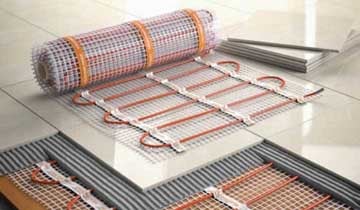
A tiled floor is the most common floor finish for both bathrooms and wet rooms. However, a tiled floor can be susceptible to both cracking and gaps forming between tiles due to changes in temperature. Because of this we would recommend an electric underfloor heating system that combines heating and decoupling as well as being waterproof, such as ThermoSphere Membrane.
No matter what brand of decoupling, heating and waterproof system you choose, they all provide a faster and easier way to install electric underfloor heating under tile and help to prevent any cracking or tile delamination once the system is switched on.
These systems also provide great flexibility when it comes to heat output. The heating cable can be gently pressed into the mat in equal and parallel lines and the space between each run of cable can be increased or decreased depending on what heating output is required for the project. The higher the heating output, the faster the system will heat up. It is important to note that varying the width of the heating cable runs in a single installation is not recommended because you may experience hot and cold patches on the floor.
The quality of the heating cable is also very important. Ideally you want a heating cable that has a twisted construction because it minimises stress on the cable and reduces the risk of it breaking during installation.
A tip for wet rooms
If you are thinking about installing electric underfloor heating in a wet room, our recommendation would be that you don’t exceed 150W/m2. You must also install your electric underfloor heating system at least 300mm away from the wet room drain so that the drainage trap doesn’t dry out.
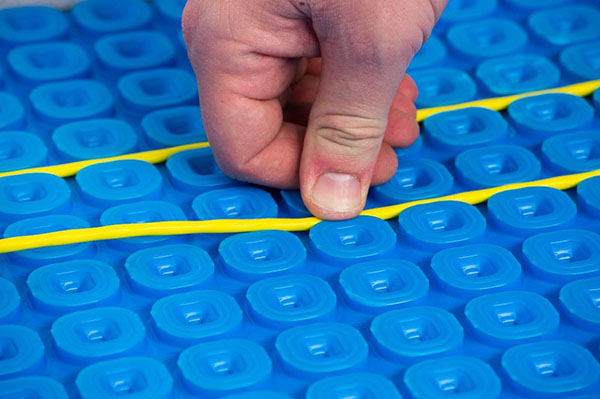
A very common question is ‘Can Nest or Hive thermostats control electric underfloor heating?’. The short answer is no. But here’s why.
Thermostats like Nest are designed to switch low electrical current systems of up to 3A. Electric underfloor heating systems are high current systems and can be up to 16A and therefore you will need additional wiring and relays to use a thermostat such as Nest. However, the Nest Thermostat has no problem in controlling wet underfloor heating systems.
There is also another key reason. With an electric underfloor heating system, the recommended maximum temperature to run it is 27oC. Typically Nest and Hive thermostats measure temperature of the air and not the temperature of the floor so you are unable to effectively set a safe temperature for the floor (e.g. 27oC) and therefore incur a greater risk of unwanted damage which will cost you both time and money to fix.
To achieve the best efficiency, choose an electric underfloor heating thermostat. There’s no complication, it only controls your electric underfloor heating system and does it well.
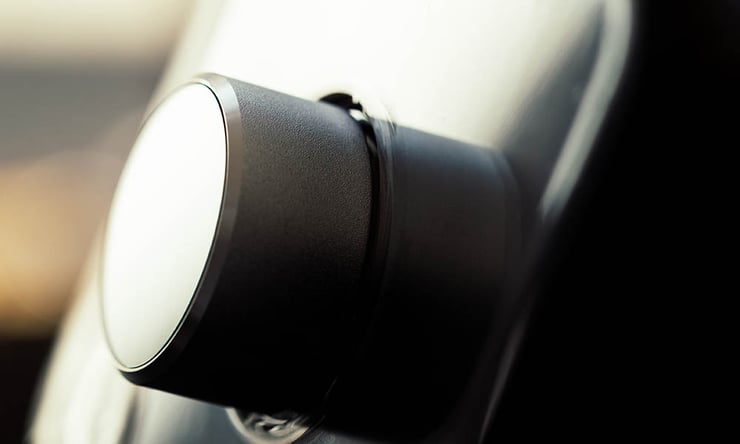
One of the first items to be removed from the electric underfloor heating shopping list is insulation board. Why? Because of the desire to reduce the height of the floor build-up. By leaving out insulation boards, up to 50% of the heat generated by the heating cable will get lost through the subfloor. That’s heat the homeowner is paying for and not enjoying.
Insulation boards come in different thicknesses and either coated or uncoated. For concrete subfloors use uncoated boards and for timber subfloors use coated insulation boards. By including this additional layer, you’ll help to increase the efficiency of your electric underfloor heating system in your bathroom by up to 50%!
The best underfloor heating system for bathrooms and wet rooms is a decoupling and heating system but dependent on if the project is a new build or a simple renovation. To get the most efficiency out of your electric underfloor heating system, don’t scrimp on insulation, the homeowner will thank you in the long run.
If you have any questions about your electric heating, please contact our team who are always on hand with helpful advice that can save you both time and money.
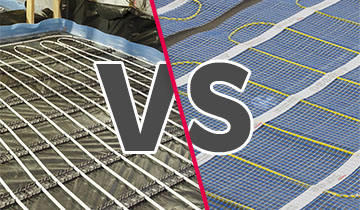
11 min read
In this heating blog article, we will be walking you through both water underfloor heating and electric underfloor heating to help you decide what...
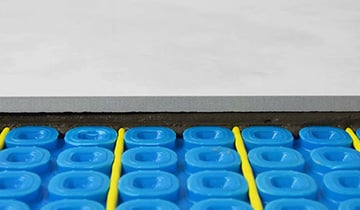
6 min read
Tiled floors are the most common floor finishes to have over electric underfloor heating and for good reason. Electric underfloor heating is more...
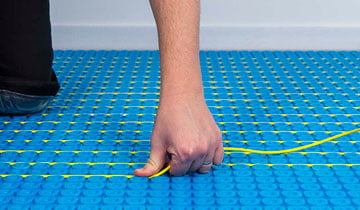
8 min read
If you are in the market for an electric underfloor heating system for your next home renovation, then you have landed in the perfect place. We’ve...